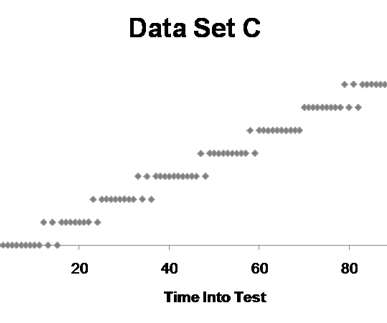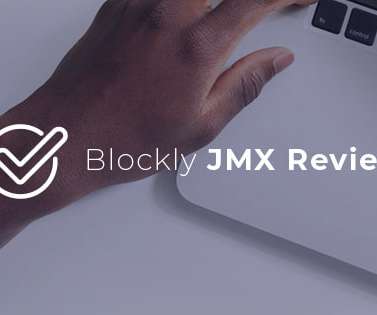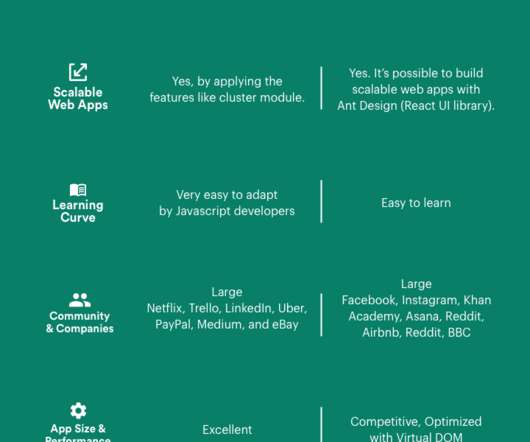Socratic vs. Euclidean Forms of API Documentation
High Scalability
FEBRUARY 24, 2020
I was emailing a service about their documentation and while their doc was good, about one particularly tricky concept they told me that once you use it for a while, that’s when you’ll understand it. In other words: you’ll only understand it after you understand it. I didn’t like that response. I want documentation that takes me from an unproductive newbie to a somewhat functioning journeyperson.











Let's personalize your content